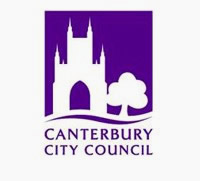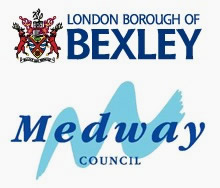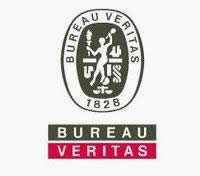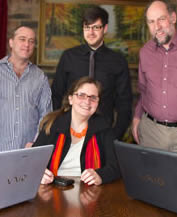The History of Home Cinema
17/08/2011
Home cinema has come a long way in just a few decades. In the 20th Century, cinema going became popular again post World War II. Americans embraced new ways to watch movies with ‘drive ins’. In the 1950s and 60s they also began to enjoy films at home by playing home movies. This became possible with the Kodak 8mm film projector.
In the 1980s home cinema began to develop into what it is today. The invention of multi-channel audio systems vastly improved the quality of sound. VHS or video was the most popular film viewing format. Laser Disc, invented in 1978, was also available but was more popular in Asia than Europe and America. This format was the forerunner to DVDs.
By the mid 1990s most people’s home cinema equipment consisted of a VHS or Laser Disc system and a large rear view television set. By the end of the 1990S the technology had begun to vastly change.
During the first decade of the 21st century, video players were replaced rapidly by DVDs. Dolby Digital audio systems also revolutionised sound quality, enabling the experience of ‘surround sound’. High definition televisions (HDTV) and large flat screen TVs also became common.
Now, as we progress into the 2010s, we see home cinema technology developing even faster. 3D movies are now possible in the comfort of your own home, via a 3D television. Blu-Ray is also an alternative format to DVD, giving an even higher picture quality. No doubt technology will continue to develop into the 21st century, enabling our home viewing experience to be greater than ever.
Grahams provide a range of high quality home cinema systems. They can offer advice on the latest technology and tailor a package to suit your needs and budget. To browse their choice of quality home film equipment visit their website.


























